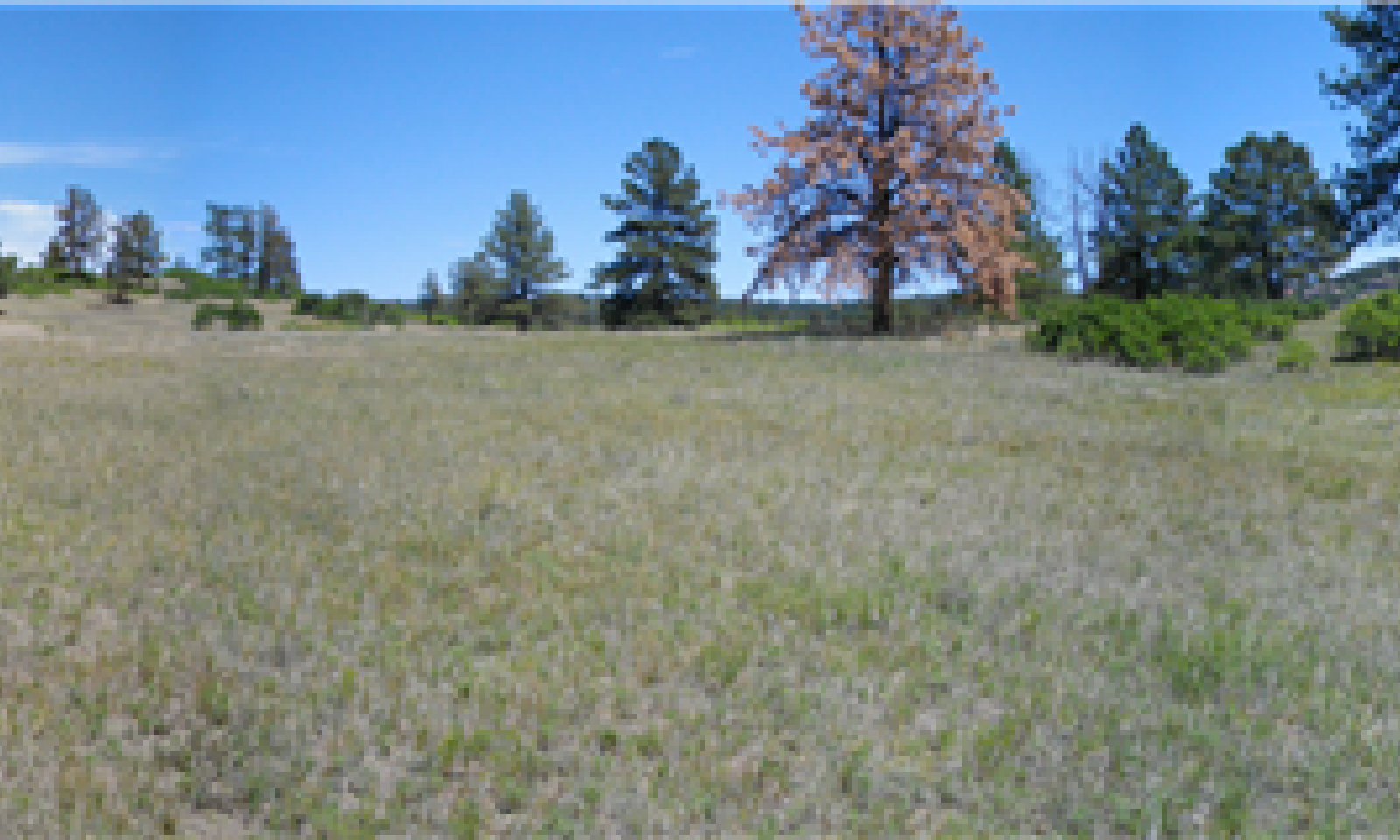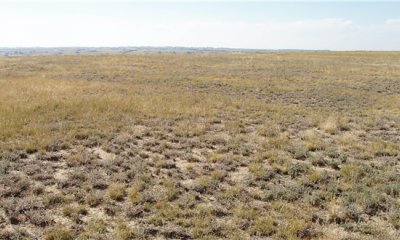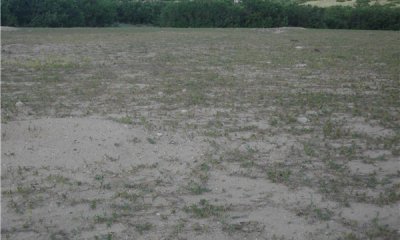
Loamy Foothill Palmer Divide
Scenario model
Current ecosystem state
Select a state
Management practices/drivers
Select a transition or restoration pathway
- Transition T1A More details
-
Restoration pathway R2A
Prescribed Grazing. Prescribed Burning. Range Planting.
More details - Transition T2A More details
-
Restoration pathway R3A
Prescribed Grazing. Prescribed Burning. Range Planting. Invasive Plant Species Control.
More details -
No transition or restoration pathway between the selected states has been described
Target ecosystem state
Select a state
Description
The Reference state of the Loamy Foothill Palmer Divide ecological site is a dynamic state that contains three vegetative communities. These communities fluctuate within the parameters that define the state. Precipitation patterns and management strategies regarding herbivory and the presence or absence of fire are the primary drivers that determine the distribution of these communities throughout this state (Anderson, et al, 1982).
Characteristics and indicators
This state has not been sodbusted or overly eroded and has only slight to moderate vegetative deviation from the historical mixed-grass prairie community.
Resilience management
The Reference state can be maintained by managing herbivory with appropriate stocking rates, and timing and duration of grazing periods. Maintaining a natural fire regime with appropriately timed prescribed burning also contributes to the overall resilience of this state.
Submodel
Description
The Altered state consists of one community.
Characteristics and indicators
The dominant plant community in this state has been significantly altered when compared to the dominant plant communities in the Reference state. Blue grama is the primary species, and the majority of the other native grasses and desirable forbs and shrubs are absent or greatly diminished. Erosion is not a major issue in this state.
Resilience management
The Altered state is extremely resilient, and moderate herbivory maintains the status quo.
Submodel
Description
Non-native and invasive species have replaced the structural/functional vegetative communities found in the Reference and Altered states.
Characteristics and indicators
This state has crossed an ecological threshold. Desertification is obvious. Bare ground has increased significantly. The biological integrity of soils, hydrology, and the biotic community have been greatly reduced.
Resilience management
Reduced herbivory maintains this state.
Submodel
Mechanism
Continuous defoliation without adequate recovery periods. Interruption of the natural fire regime.
Constraints to recovery
Lack of adequate growing season precipitation exacerbates this transition.
Context dependence
Fluctuations in local growing season precipitation patterns can significantly affect the response of the local vegetative community.
Mechanism
Long term prescribed grazing with adequate recovery periods coupled with appropriate stocking enables restoration to the Reference state. Appropriately timed prescribed fire accelerates this.
Context dependence
The local growing season precipitation patterns greatly influence the success of the recovery effort. If restoration from remnant native vegetation isn't feasible, re-introduction of the desired species may be required.
Relevant conservation practices
| Practice | External resources |
|---|---|
|
Prescribed Burning |
|
|
Prescribed Grazing |
|
|
Range Planting |
Mechanism
Continuous defoliation without adequate recovery periods. Interruption of the natural fire regime.
Constraints to recovery
Lack of adequate growing season precipitation.
Context dependence
Fluctuations in local growing season precipitation patterns significantly affect the response of the local vegetative community.
Mechanism
Long term prescribed grazing with adequate recovery periods coupled with appropriate stocking enables restoration to the Reference state. Appropriately timed prescribed fire accelerates this restoration.
Context dependence
An adequate re-vegetation source must be available, otherwise re-seeding the desirable native species may be required. This process may take more than 40 years. The local growing season precipitation patterns greatly influence the success of the recovery effort. Weed management practices and re-introduction of some of the native vegetation may also be required.
Relevant conservation practices
| Practice | External resources |
|---|---|
|
Prescribed Burning |
|
|
Prescribed Grazing |
|
|
Range Planting |
|
|
Invasive Plant Species Control |
Model keys
Briefcase
Add ecological sites and Major Land Resource Areas to your briefcase by clicking on the briefcase (![]() ) icon wherever it occurs. Drag and drop items to reorder. Cookies are used to store briefcase items between browsing sessions. Because of this, the number of items that can be added to your briefcase is limited, and briefcase items added on one device and browser cannot be accessed from another device or browser. Users who do not wish to place cookies on their devices should not use the briefcase tool. Briefcase cookies serve no other purpose than described here and are deleted whenever browsing history is cleared.
) icon wherever it occurs. Drag and drop items to reorder. Cookies are used to store briefcase items between browsing sessions. Because of this, the number of items that can be added to your briefcase is limited, and briefcase items added on one device and browser cannot be accessed from another device or browser. Users who do not wish to place cookies on their devices should not use the briefcase tool. Briefcase cookies serve no other purpose than described here and are deleted whenever browsing history is cleared.
Ecological sites
Major Land Resource Areas
The Ecosystem Dynamics Interpretive Tool is an information system framework developed by the USDA-ARS Jornada Experimental Range, USDA Natural Resources Conservation Service, and New Mexico State University.






